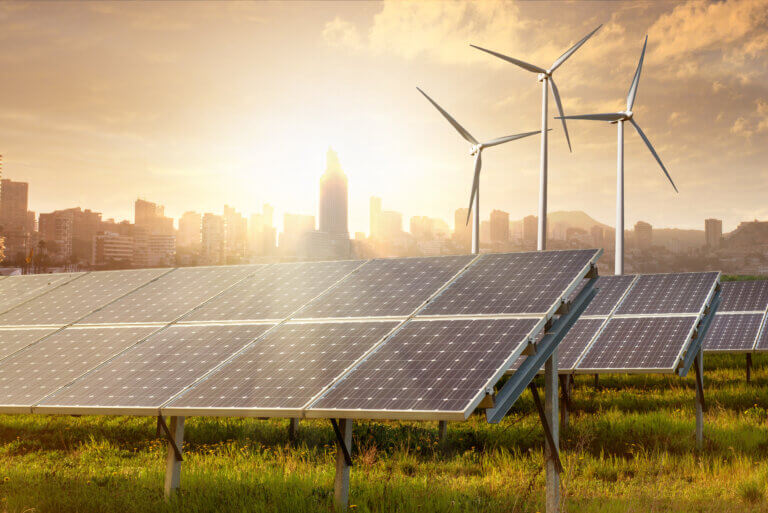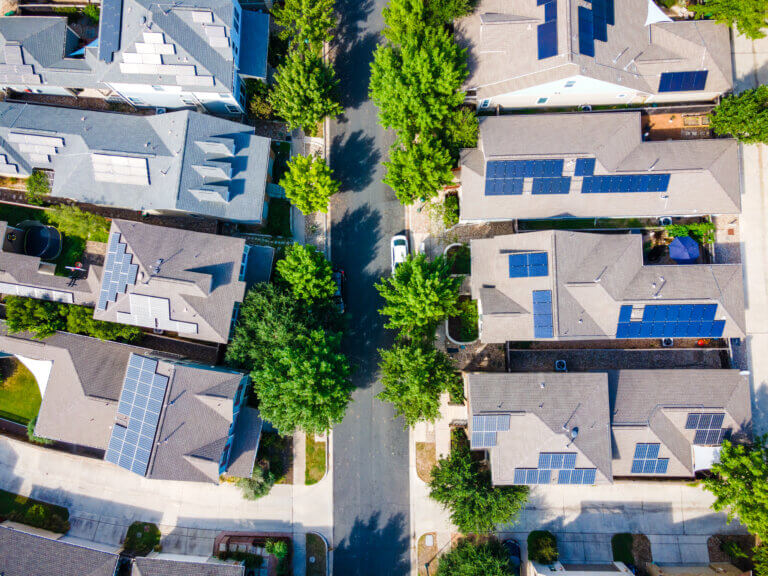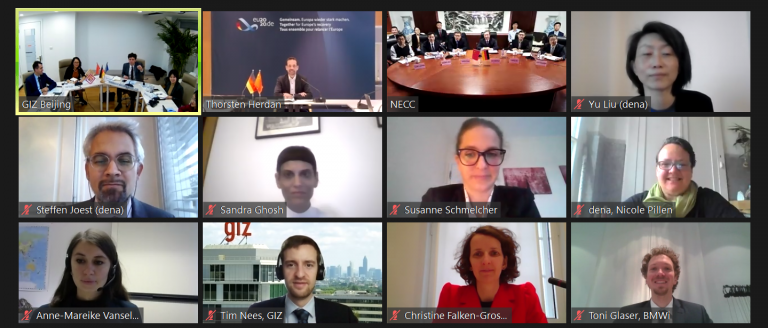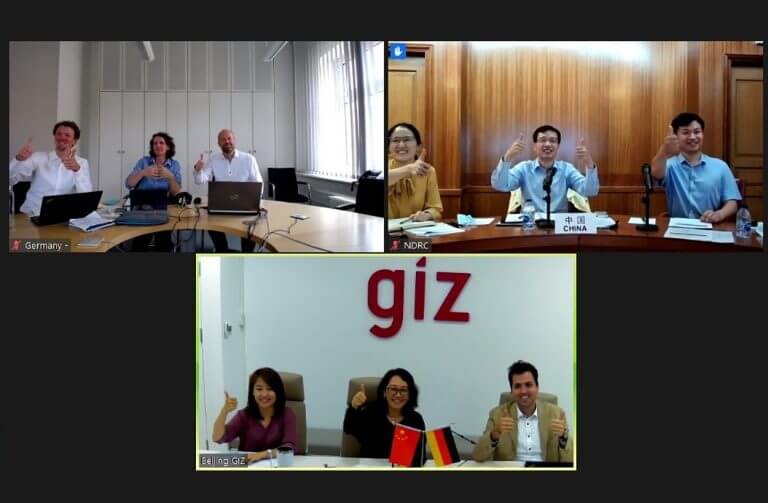
Achieving Climate Neutrality in Urban Areas and Industry Parks
Sino-German Energy Partnership Pilots Integrated Energy Planning in China In September 2020, Chinese President Xi Jinping announced the goal to peak carbon dioxide emissions before 2030 and achieve carbon neutrality by 2060. Thus, China joins a growing rank of countries committed to ambitious greenhouse gas





